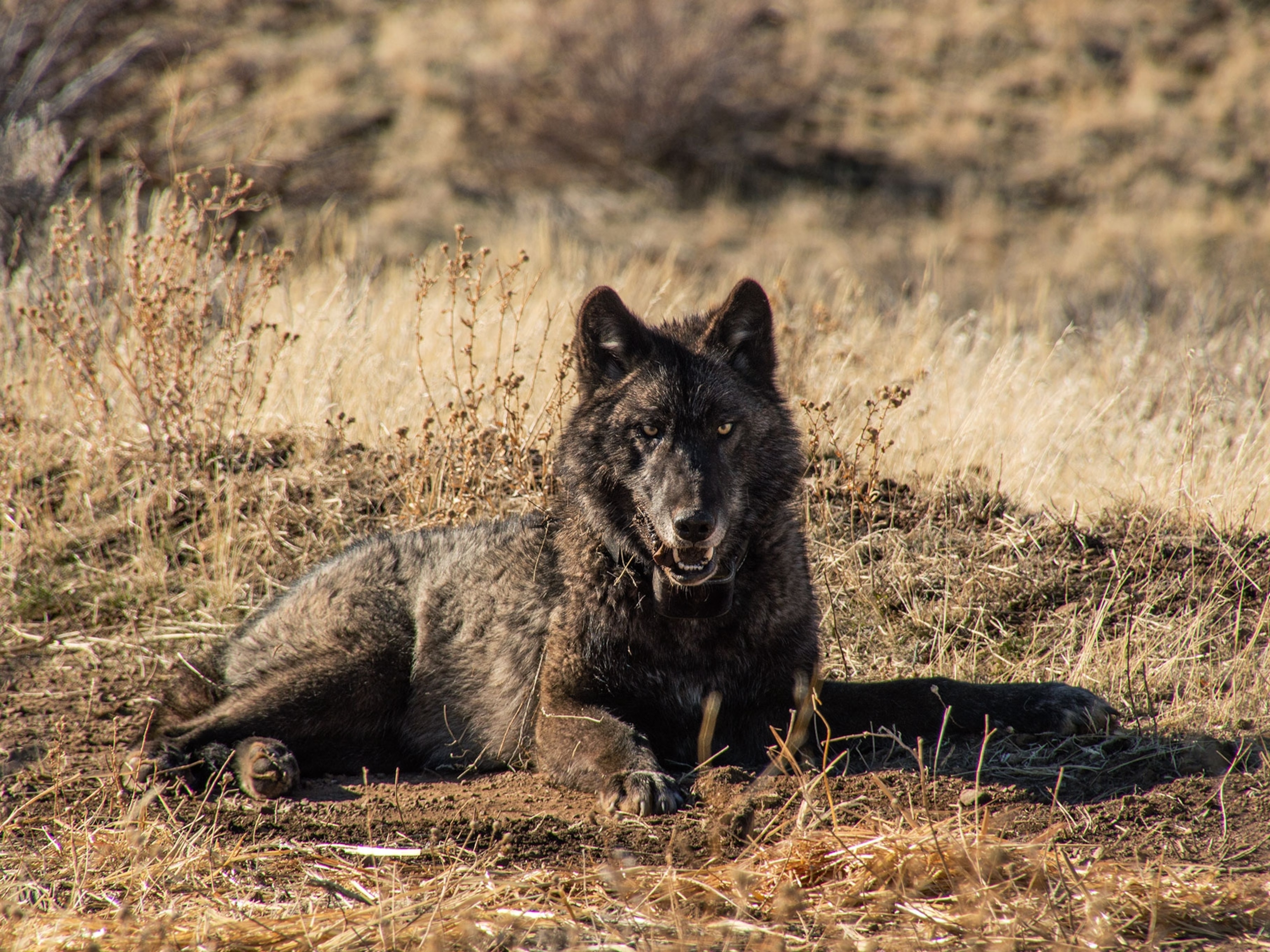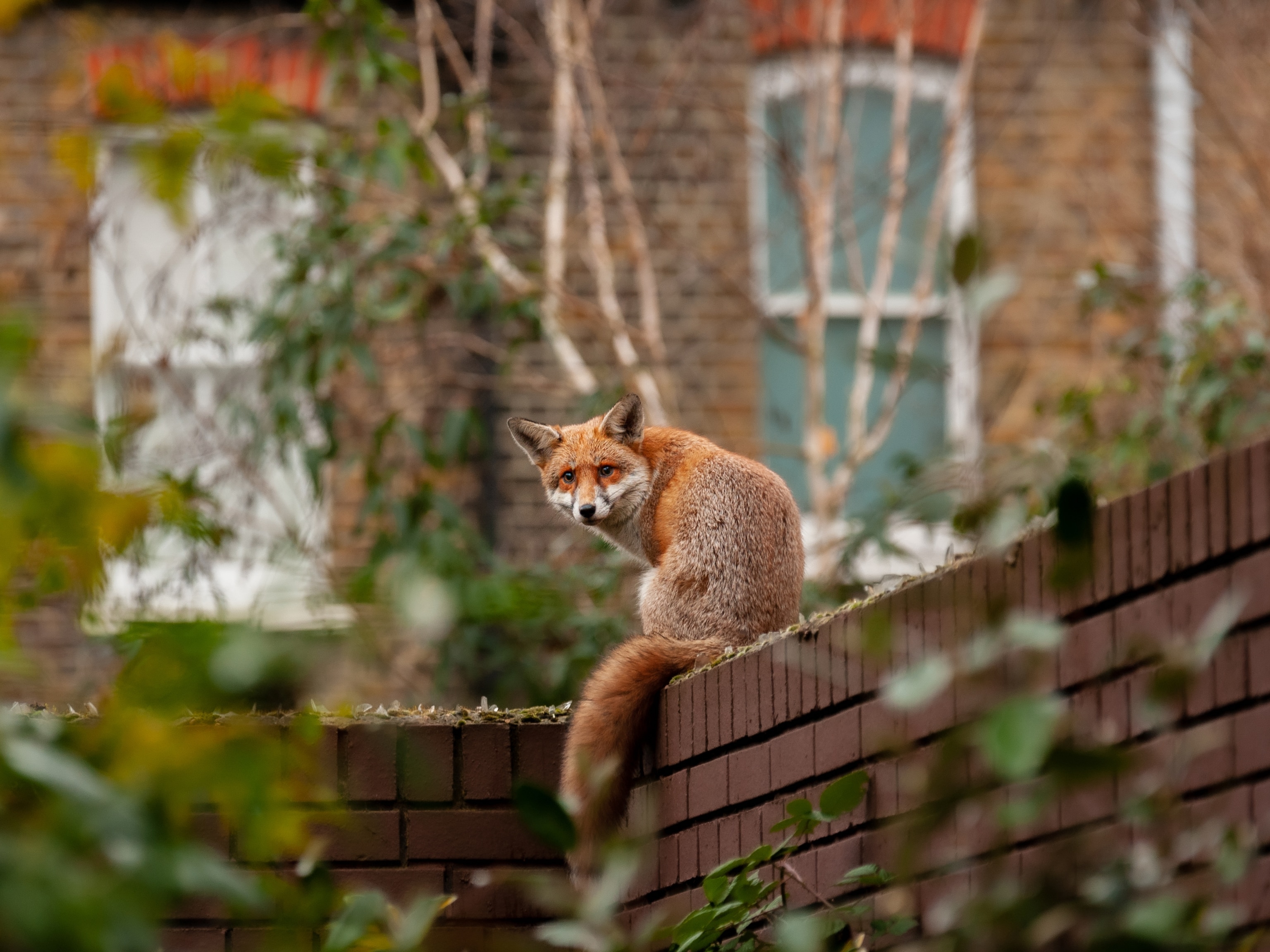Hunt for moose bones in the name of science at this national park
On these volunteer-science adventures, trekkers trudge deep into Isle Royale National Park to contribute to the longest-running predator-prey study in the world.
Megan Horodko trekked through the untamed northern hardwood and boreal forest of Michigan’s Isle Royale National Park for almost a week before she caught the scent of decay. She wasn’t there for the park’s famed pristine nature, untamed trails, and frequent wildlife sightings. Her mission? Collecting moose bones.
Sweaty and panting, the 23-year-old volunteer dropped her pack, caught her breath, and, like the hundreds of Isle Royale bone collectors who came before her, she excitedly bellowed: “Bones!”
(Weird Animal Question of the Week: How Do Moose Get So Big Eating Plants?)
Bone collecting isn’t your typical Isle Royale adventure. Seasoned backpackers, kayakers, and canoeists often arrive (via hours-long ferry rides or seaplane) equipped to navigate the park’s roadless backcountry and inland lake paddling route, Chain of Lakes.
But, on an annual series of citizen-science excursions dating back to 1988, small groups of volunteers veer off trails, plod through cedar swamps, and scramble over rough, lava-formed ridges for up to 10 miles a day treasure hunting for moose remains.
Their reward is contributing to the longest-running predator-prey study in the world. Since 1958, researchers have used this 45-mile-long, far-flung island as a living laboratory to study the relationship between the island’s most famous inhabitants: wolves and moose.
Moosewatch Expeditions is one of the most immersive ways for travelers to participate in the world-renowned study. Bones, the foundation of the wolf-moose research, have unlocked monumental discoveries about Isle Royale’s ecology and even insights into human health. As the climate-change crisis continues, conducting this research is becoming increasingly more necessary to protect the island.
Decades of research
Without volunteer scientists, who collect most of the bones, a study of this scope would be near impossible, says Rolf Peterson, a researcher with Michigan Technological University who’s been working on the study for decades.
Volunteers collect moose skulls, jawbones, metatarsus, and any other bones that show signs of arthritis. With incisors alone, researchers can determine the age and health of a moose. “After the moose have died, we reconstruct the population using bones of moose we find on the ground,” says Peterson.
(Wolves are making a comeback. Here’s where to see them.)
These skeletons have led to key findings about both moose and human health. Take arthritis, a common ailment among Isle Royale moose. Bone analysis has helped researchers pinpoint a likely cause: malnutrition due to severe winters and food competition. This groundbreaking discovery inspired scientists to reevaluate the causes of arthritis in humans, too.
As part of this moose-bone study, researchers also discovered that today’s environmental conditions could impact the prevalence of arthritis in moose 10 years into the future—a fact that has some researchers worried.
“On this island, an increase of a few degrees in air temperature has had monumental effects,” says Slade Kemmet, a National Geographic Explorer studying the effects of climate change on national parks. He recently filmed Wolves of Isle Royale: The Quest for Survival, a 2021 National Geographic Society-funded documentary.
Isle Royale’s wolves have long kept the moose population in check by reducing the likelihood of overgrazing and future food scarcity. Recently however, the wolves’ main mode of travel to Isle Royale has become limited. Winter ice bridges from the mainland, which is how wolves arrived here in the first place, now only form about every 10 years. In the 1960s, ice bridges occurred in two out of three winters.
“Mainland wolves have not been able to visit the island to breed and increase the genetic variation of the island wolves,” Kemmet says, noting this contributed to the park’s dwindling wolf populations. As a result, the park instituted a gradual reintroduction of wolves in 2018.
(This group is making the outdoors more accessible to people of color in Michigan.)
Years of increasing moose population have led to insufficient food resources, which is beginning to affect other members of the Isle Royale food chain, including snowshoe hares. Moose and hares consume similar vegetation and mostly coexisted alongside each other until recently, says Ana Arce, a 2021 Mosaics in Science Diversity intern who studied and reported on snowshoe hare populations in the park. “We’re now seeing overlap competition; they’re starting to graze in the same area,” Arce says.
Kemmet says this knowledge suggests a potentially bleak future for the island’s moose population. “As the climate continues to warm the planet, the island may not be able to sustain any moose in 50 to 100 years from now,” he says.
Becoming a bone collector
Every year, Peterson welcomes around 60 volunteers in small groups from May through August (the park closes from November to mid-April). He rarely has trouble filling the coveted spots. Each team is appointed a trained leader, often a longtime Moosewatch Expedition volunteer and given a set of GPS data points marking possible bones. The data points, gathered through winter aerial survey and ranger reports, plot the course for a week of lumbering through this backcountry obstacle course.
“We’re walking without trails, through the swamps, between windfallen trees, and open sun-exposed rocks that get really hot,” says Moosewatch Expedition team leader Karen Bacula. Instead of admiring the sweeping Lake Superior views, they’re hiking eyes down, noses primed—using every sense possible to find the elusive bones.
(Ever wanted to volunteer for a scientific expedition? Here’s how.)
When a participant does make a discovery, which can happen anywhere from every few hours to every few days, they alert their counterparts by shouting “bones!” Using a kill kit (a pack of gloves and bone-labeling tools) they sort through the remains before carefully stowing them in their packs.
While the excursions center on finding moose carcasses, every so often a live one strolls onto the scene. Bacula says the best response is to “step out of the way and hide behind a tree if possible.” Moose typically lose interest and move on quickly, she says. Volunteers rarely see the island’s elusive wolves. If they do, Bacula tells her team not to run, but to make loud sounds to scare them off.
The weeklong journey finishes when wearied trekkers reconnect with Peterson, who collects and inventories their bone finds for further study. Participants depart knowing they’ve made a lasting mark on this renowned study.
“That moose carcass I found on the last day, Rolf didn’t even know about it—I found it,” says Horodko. “Now, it will contribute to a huge log of data that’s going to be used for centuries.”
HOW YOU CAN HELP
Join a Moosewatch Expedition with the Isle Royale Institute. Expedition signups begin as early as November; the cost is a $450 tax-deductible donation. The National Parks Conservation Association also sponsors young citizen scientists, covering the $450 cost for a handful of students, like Horodko, each year. To support their mission visit NPCA.org.
Stephanie Vermillion is a travel and outdoors journalist, filmmaker, and photographer. Follow her adventures on Twitter and Instagram.
The National Geographic Society, committed to illuminating and protecting the wonder of our world, funded Explorer Kemmets’ work. Learn more about the Society’s support for Explorers here.







